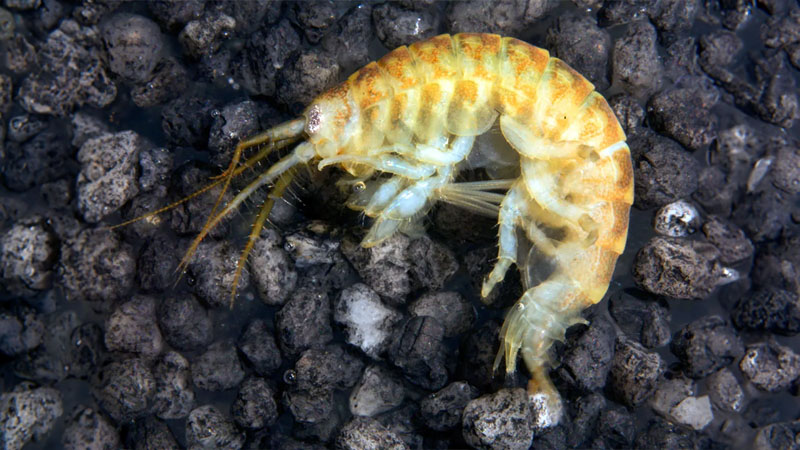Exclusive content

In a recent study conducted by the Department of Biological, Geological, and Environmental Sciences of the University of Catania, Italy, alarming findings reveal that the Louisiana shrimp, commonly known as the killer shrimp, poses a significant threat to the delicate balance of the marine ecosystem in Sicilian seas. This menacing shrimp, already confirmed in Basilicata, Calabria, and Lazio, is raising concerns about its potential proliferation in Sicily, with severe repercussions in the regional food chain.
Historical Presence and Recent Escalation
Originally identified in the 1970s with minimal presence, the killer shrimp escalated into a major concern by 2018, proliferating rapidly, especially due to the warming Mediterranean temperatures. The aggressive nature of this species has the potential to disrupt the island ecosystem, with unpredictable consequences. Researchers emphasize the urgent need for attention and action to prevent further ecological imbalances.
Spread and Implications
The killer shrimp’s ability to survive and thrive in saltwater raises concerns about its integration into the food chain. Recent observations of specimens caught in fishermen’s nets in excellent health condition indicate its successful adaptation to the marine environment. The worry intensifies as this invasive species could potentially spread to waterways where its presence is yet to be recorded, further complicating the situation.
Regional Presence and Monitoring
As of the last update to the Management Plan by the Ministry of the Environment in May 2021, the killer shrimp had infiltrated “almost all Italian provinces and regions, even on the major islands.” Monitoring efforts are underway in Sicily, led by the University of Palermo, to assess the extent of the threat and formulate effective strategies for containment.
Size and Appearance
The killer shrimp, measuring about 15 to 20 centimeters, stands out with its characteristic dark red or reddish-brown coloration, distinguishing it from native crustaceans.
Unique Adaptations
Notably, the killer shrimp exhibits remarkable adaptability, being capable of spreading not only in water but also on land. With the ability to breathe airborne oxygen and survive out of water for more than 10 hours, the species can cover distances exceeding a kilometer. Accidental transportation by aquatic birds and human activities have contributed significantly to its rapid spread.
Ecological Threats
The potential role of the killer shrimp as a plague spreader cannot be ignored, propagating parasites, including the lethal “shrimp plague” affecting native shrimp populations. Additionally, concerns arise regarding consumer health risks, as the species has the ability to accumulate heavy metals, algal toxins, and transmit infectious diseases like tularemia.
Containment Challenges
Despite efforts to contain the killer shrimp, the challenge remains significant. Unlike the successful containment of the blue crab through human consumption, the same approach does not appear to be a viable solution for the killer shrimp. The urgency to find natural predators for effective containment is evident, but the risks to the ecosystem and the food chain persist.